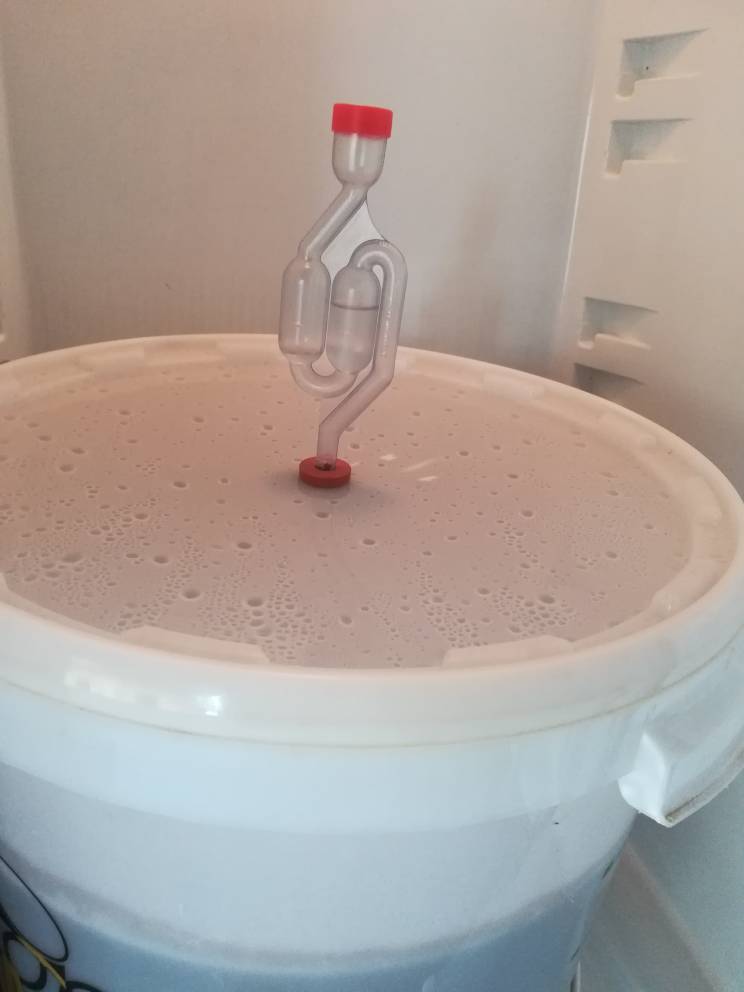marchio-93
Well-Known Member
Hello everyone! Very often, during the cold crash (20° - - - > 2° C) , the pressure drops (I think it's normal, the temperature drops and therefore also the pressure). I'm afraid the beer can oxidize, so there is enough CO2 to protect my liquid son?


























































